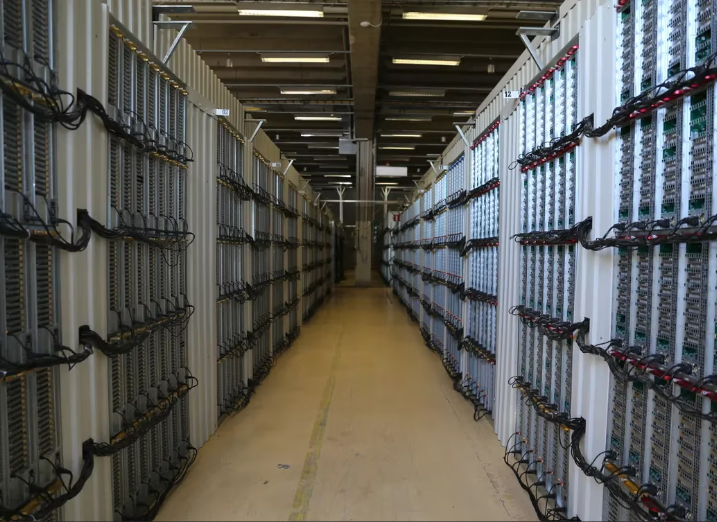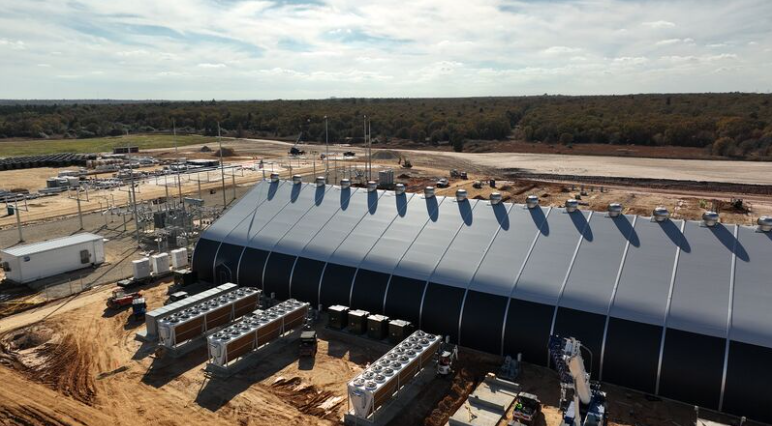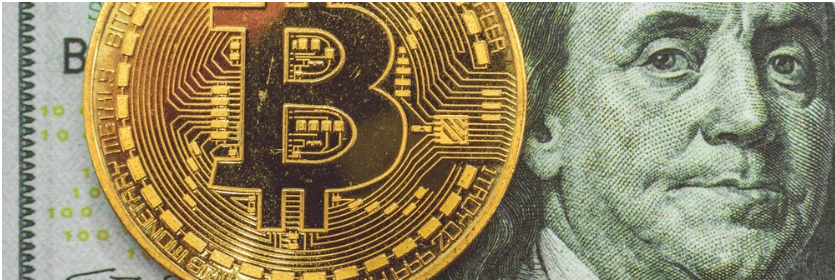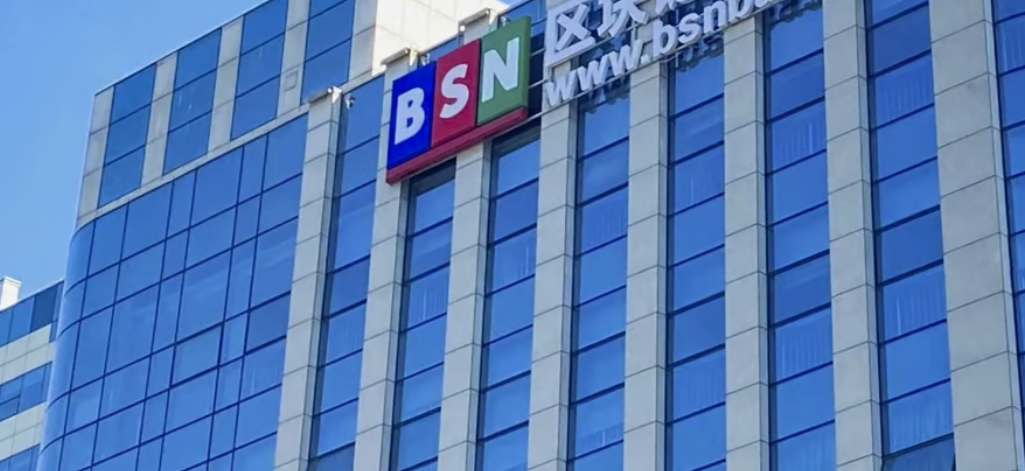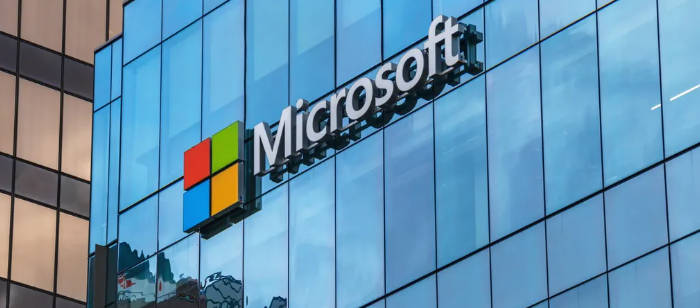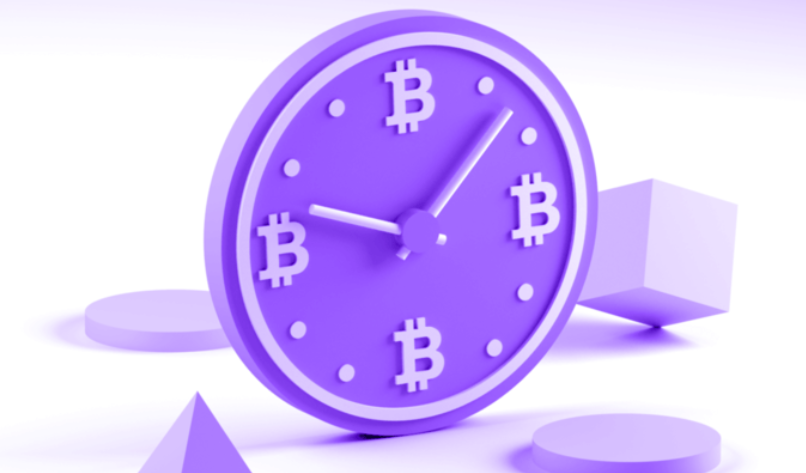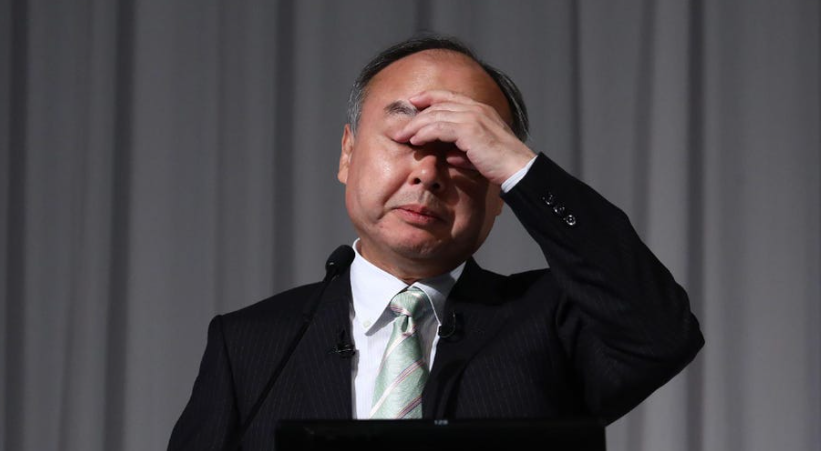DAML with Fabric and FISCO-BCOS (with whom it has a strategic relationship).
There are more than 100 PCNs in China, and currently 15 outside the mainland. This is because the BSN, including the Digital Asset function, is not limited to mainland China. The idea is to boost compatibility with international blockchains, such as Ethereum and EOS.
Going international
This is tricky because Beijing only tolerates licensed private networks that the Communist Party can monitor and control. Public permissionless networks like Bitcoin and Ethereum, or hybrids like EOS, are not allowed on land (but they are in Hong Kong and Macau).
Therefore, the BSN has split, with a continental version firmly under government control and an international one that claims to be compatible with public broadcasters.
This arm of the BSN is based in Hong Kong.
Launched on April 25, the main goal of the public network is to create a one-stop-shop for blockchain in China that supports smart city initiatives, other public networks, and regions in the impending digital economy that the People’s Republic is building.
The network will have two main functions. The first is commercial and will allow blockchain companies/startups to use the network to develop applications, offering a public alternative to existing private blockchain networks. In addition to this, the BSN will also provide a foundational consortium chain alliance for use in smart cities and digital economies.
The network will reportedly focus on openness, public utility, scalability, open source, multiple portals, low cost, and autonomy.
The initiative will also be integral to research into government uses of blockchain and governance.
One of the officials who was positive about the launch was Hoggang Chen, vice president of PeerSafe, a Beijing-based blockchain startup. He stated that BSN’s efforts would crack the interoperability code with plans to launch Peersafe products on the latest network.
BSN team members stated that not all network protocols will be allowed in the latest blockchain framework. Zhiguan Shan said that foreign protocols such as HyperLedger will need to be modified to accommodate the operation of the BSN.
Currently, the BSN network trading platform is managed by its founding members, including China UnionPay, Red Date Tech and China Mobile.
Small and medium-sized businesses in the country are expected to benefit from the latest release as it provides a faster and more interconnected business ecosystem.
In August 2020, the government announced that it would establish larger projects, including one for the Greater Bay Area, which comprises Hong Kong, Macao, and nine cities in Guangdong province.
This could see DCEP start circulating in a global financial center. Although blockchain executives speculate that China’s immediate goal is to make a splash at the 2022 Beijing Winter Olympics, it has a bigger plan: break free of reliance on the US dollar.
That is why, according to sources familiar with BSN in Hong Kong, it is developing ideas on how to take advantage of digital renminbi without the involvement of the Hong Kong Monetary Authority.
Perhaps this is deliberate and reflects fears that the US will attempt to undermine the Hong Kong dollar peg, which would greatly complicate China’s access to global capital.
China’s dominance in cryptocurrency has been demonstrated in recent months as the country set out to create an entirely new framework for decentralized applications and blockchain networks. The country’s main focus was on creating its native blockchain network, which came to fruition this past weekend.
On April 25, the country launched the Blockchain Service Network [BSN] for commercial purposes, both locally and globally. The blockchain network will be called ‘ChinaChain’, a not-so-subtle way of indicating the country’s presence in the ecosystem.
The BSN will function as a global cross-gateway, cross-framework, and cross-cloud network that is primarily used to launch a wide variety of blockchain applications.
The Blockchain Service Network is being promoted by a core group that includes China Mobile, China UnionPay, the State Information Center of China (SIC) and Beijing-based Red Date Technologies, a developer that has powered the BSN since 2018
. BSN’s mission is to promote interoperability between all these independent blockchain projects and thus reduce the cost for developers.
The BSN Development Association, chaired by the SIC, announced today that Digital Asset has been mandated to unify the smart contract technologies used by the various blockchain developers, using its DAML programming language. (Digital Asset’s clients include the Australian and Hong Kong stock exchanges.)
That means developers can write their smart contracts once, deploy the app on their preferred network, and see how it performs across all blockchains.
The leading group in its creation is FISCO, or Financial Blockchain Shenzhen Consortium. This group includes digital currency wallet from Tencent, Webank and Cloud, Huawei, and Shenzhen Securities Communication.
FISCO- BCOS
FISCO created the BCOS open source network. Based on the Ethereum blockchain, BCOS uses various features such as zero-knowledge proofs and allows individual permissioned chains to run concurrently.
Tencent has played an integral role in its development, with its digital bank, Webank, providing a smart contract digital asset modeling language for FISCO BCOS.
The network has already proven popular in its initial Beta period which began six months ago.
More recently though, the shift has been more national with Blockbeats reporting on May 12 stating that China’s Ministry of Human Resources and Social Security is looking for 10 new roles with regards to blockchain, these include Engineering Technicians Blockchain and Blockchain Applications Operator.
Will the BSN and DCEP be linked?
Although at the moment there is nothing concrete, it seems that both the DCEP and the BSN will be linked. Evidence for this comes from Webank reports writing a smart contract digital asset modeling language. Clearly, however, both blockchain and the digital yuan are integral parts of China’s future, something that will be enshrined in writing in the China Standards 2035 document due to be released later this year.
The document is a fifteen-year plan for China’s development and digital currencies/blockchain will be an integral part.
Or maybe it’s just that the role of the Hong Kong dollar will remain as a national analog currency, while DCEP will serve for blockchain-based transactions.
A digital renminbi will be able to travel via the BSN rails. The interoperability of BSN, which uses DAML for all smart contracts, means that other companies, governments and multinational agencies will find it easy to connect.
Who wants digital renminbi?
For one thing, DCEP is still just currency: legal tender, cash in electronic form, another expression of the same yuan. But the digitization of the currency could bring benefits to Beijing, both for itself and for others.
Internally, a digital currency can give the People’s Bank of China access to real-time information that no other central bank has.
DAML is open source, so anyone can create smart contracts or add features to applications that use it. Smart contracts.
This is how it works. The BSN consists of “Public City Nodes”, the gateways that developers use to build applications on a particular blockchain that represents local blockchain projects.
These protocols include Baidu’s Xuperchain and FISCO-BCOS, an initiative of Tencent’s WeBank, as well as global protocols such as Hyperledger Fabric.
Sitting between PCNs and blockchains is a middle layer, of which DAML is a part. (This layer also includes permissions, such as public and private keys.)
Now anyone building an app will write the smart contracts in DAML and then deploy them on the blockchain of their choice.
This will improve your ability to oversee the banking system and the economy.
DCEP can be programmed to make Chinese monetary policy more effective than simply setting overnight interest rates or other market operations.
Programmable money is traceable, which can be used to combat fraud but also to increase the government’s power over its citizens.
Ultimately, it will drive innovation, as more fintechs, banks and others develop payment, credit and investment applications and customer experiences that leverage digital money.
Challenging the dollar
Internationally, DCEP alone cannot pose much of a challenge to the US dollar, which dominates global payments and central bank reserves, nor to conventional infrastructure such as SWIFT or credit card networks.
The DCEP project, as the People’s Bank of China calls it, represents electronic money, which other nations can emulate. And a digital yuan is still the yuan.
But combining programmable digital cash with the infrastructure to move it? Now we are talking about a different and much bigger change.
Since Xi Jinping gave a speech praising blockchain in October 2019, the country has been quick to implement it (like its private market stock exchanges). All the big cities and companies sponsor projects.
However, it is more of a cacophony than a strategy, as each of these blockchains have been developed in isolation, using their own programming language and protocols.
Order is being brought to this fervent outing.
The BSN Group
A group of telecommunications, payments and technology companies have been developing a model to unify these efforts.


